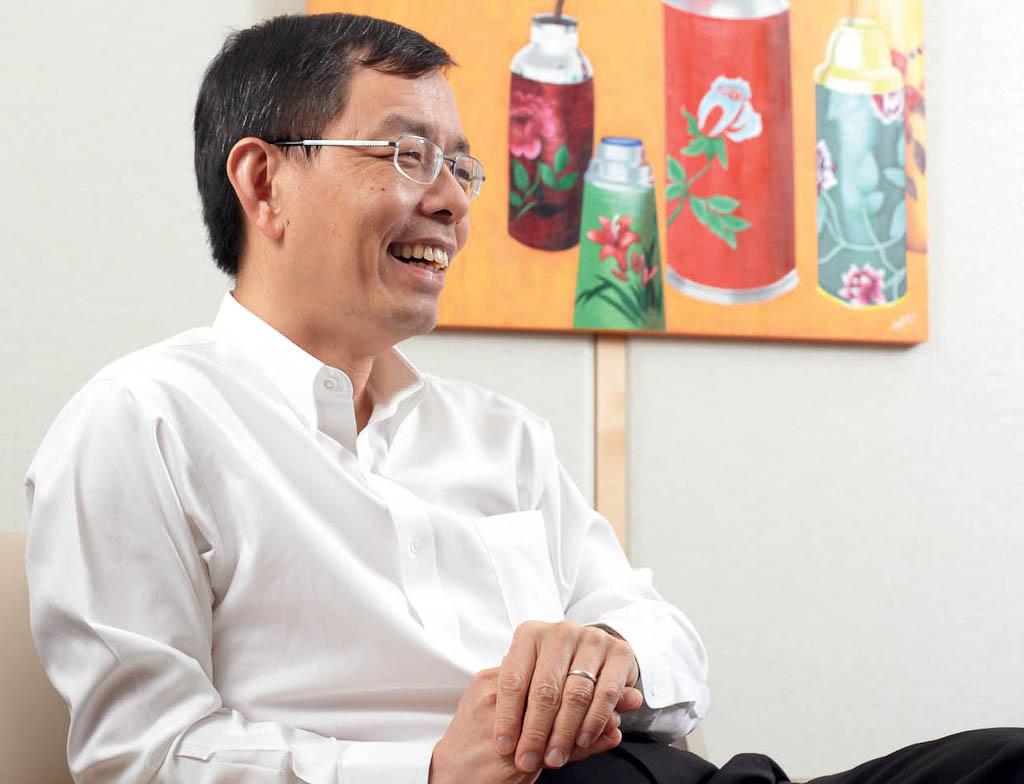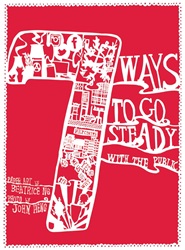Emotional Connectivity Can Help You Earn Trust
 Twenty-seven years ago, Mr Peter Ong was an officer at the then-Ministry of Communication. Tasked to find out if the newly built MRT was serving commuters well, he walked the ground. Literally.
Twenty-seven years ago, Mr Peter Ong was an officer at the then-Ministry of Communication. Tasked to find out if the newly built MRT was serving commuters well, he walked the ground. Literally.
For months, he visited all the MRT stations to study how commuters used them, keeping his eyes peeled for potential issues, such as the lack of a bicycle rack. The experience convinced him of the importance of designing and assessing public services from the users’ perspective.
That’s a good reason why now, as Head of Civil Service, Mr Ong continues to work to narrow the gap between the Service and its citizens. The latest of such efforts is to transform the Service with a clear aim to be “One Trusted Public Service with Citizens at the Centre”.
An evolving trust relationship
The new tagline reflects the Public Service’s evolving trust dynamics with the people, says Mr Ong.
When Singapore gained independence in 1965, Singaporeans needed a government to lead and build the nation. Survival was the most pressing concern. “When then-Prime Minister Lee Kuan Yew said ‘in 10 years we are going to build a modern metropolis,’ it was a clarion call to all Singaporeans to rally around that vision to go and build,” he says.
But these days, the people’s interests are more diverse, he notes. Hence the Public Service has a duty to discern which needs to meet, and to do so with empathy.
The stuff trust is made of
A trustworthy Public Service, he says, is one that has “competency”, “integrity” and “intimacy” (or emotional connection) with the public.
Mr Ong shares that the Service has been perceived as highly competent – both internally, and by external validators through surveys. It therefore has to keep up its ability to both formulate right policies and then deliver them well. As for integrity, the Service has to set the right tone of zero tolerance for corruption with each successive generation of officers.
But there has been public criticism that the Public Service can be rigid or does not know the needs of people on the ground. To build a stronger emotional connection with the public, the government can work more closely with the people for a greater spirit of partnership, says Mr Ong. He adds: “Our officers also need to understand and see things from the perspective of the citizens. And that’s empathy – that shows forth in the tone we deliver policies and in the way we craft and implement our policies.”

Making meaningful connections
Empathy is at the heart of the latest policies, both in their design and delivery, says the Service’s head honcho. For instance, the Pioneer Generation Package is meant to take care of the healthcare needs of the country’s pioneer generation – addressing a key concern expressed in the Our Singapore Conversation (OSC) exercise last year.
And when the “pioneers”, or those who are born before 1950, show up at public hospitals or clinics, they need to be treated in a way befitting the tribute the Service hopes to express through the Pioneer Generation Package.
“Then our pioneers will [feel], ‘I’m valued by a very personable government, not an impersonal machinery of the bureaucracy’… I think citizens like to feel that they are served by a fellow human being,” explains Mr Ong.
Even when technology is used to provide services better, a human touch makes all the difference. In a post on Cube (the Public Service intranet), Mr Ong shared how the Department of Public Cleanliness (DPC) engages the community. Through its “Street Watch” face-to-face project, the central cleaning agency taps residents to give feedback on ground issues. This way, DPC gets updates on areas that need cleaning more immediately, while residents feel a stronger sense of community ownership. (Read "Have iPad, will Work Better" for more on innovation at the DPC.)
In statutory boards, policy officers will spend a stint at the front line to better understand the challenges faced by officers there. For example, policymakers from a few agencies spent three days working at the Inland Revenue Authority of Singapore counters in April. Such hands-on experience ensures that policies are designed not just for the benefit of the public, but also with the welfare of frontline officers in mind.
Taking steps to win hearts
Being able to communicate well is key to conveying empathy, adds Mr Ong. He reveals that some public officers are already working on improving this. For instance, letters sent by the Ministry of Finance will begin to include a line asking for feedback on how the communication could be improved.
“This is our way of saying that we’re trying our best, but we still may not completely meet your expectations – if so, let us know,” explains Mr Ong, referring to the Public Service’s strive to communicate, understand needs and share the reasons behind policy.
And of course, communication involves listening to the other party too. The OSC exercise last year, he thinks, was an “excellent platform” for the government to hear an array of views from Singaporeans.
While the Public Service will have its own parameters to see how it has progressed in terms of competency, integrity and emotional connectedness, the ultimate validation can only come from the citizens.
He tells Challenge: “This has to be seen from the perspective of the citizens, when citizens start telling us (we have done well). We would succeed only when citizens are convinced, not because of anything we say internally.”
BUILDING COMPETENCY
A recent effort to boost competency is the Public Sector Leadership Programme, which was rolled out last year to nurture leaders in specific sectors. As for frontline officers, the government is investing heavily in technology to improve customer relationship management systems, and boosting back-end mechanisms that keep track of problem areas to ensure better allocation of resources. The Head of Civil Service stressed that an indicator of competency is when citizens feel they are being served seamlessly by an organisation instead of a fragmented series of agencies. The First Responder Protocol is a good mechanism that enhances inter-agency collaboration. (See “How to do first, talk later”, in the May/June 2013 issue.)
This article is part of a series 7 Ways To Go Steady With The Public.
- Growing With Our Citizenry
The social contract between Singaporeans and the government is changing. How should government agencies respond? - How Openness Strengthens Relationships
Sharing data and crowdsourcing through hackathons is bringing two public agencies closer to the public. - Bringing Help Closer To Homes
Moving into the heart of communities and working closely with partners, the new Social Service Offices do their work guided by the principle that it's all about the people. - Co-Creating Singapore: Citizens Have Their Say
As Singapore moves towards a new relationship between people and government, three active citizens say it's time to give the people a bigger role in co-creating Singapore. - Let's Get Personal
There is no foolproof way to make any Facebook, Instagram or Twitter post go viral. But some public agencies have begun to show that humour and "keeping it real" can help them engage the public like never before. - They've Got Your Back
Challenge talks to four winners of this year’s PS21 Star Service Award who have earned the public’s trust by being there for them.
- POSTED ON
May 12, 2014
- TEXT BY
Chen Jingting
- PHOTOS BY
Lumina
-
Deep Dive
Strengthening Singapore’s Food Security
-
Deep Dive
7 Ways To Go Steady With The Public
-
Deep Dive
Growing With Our Citizenry









